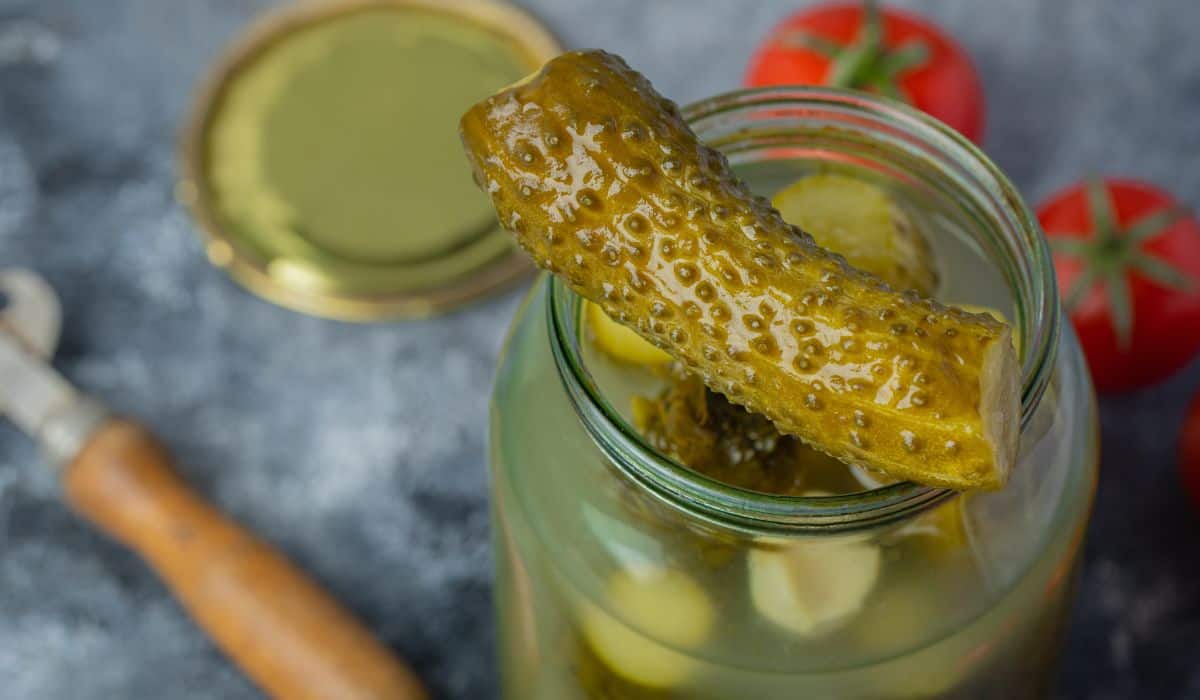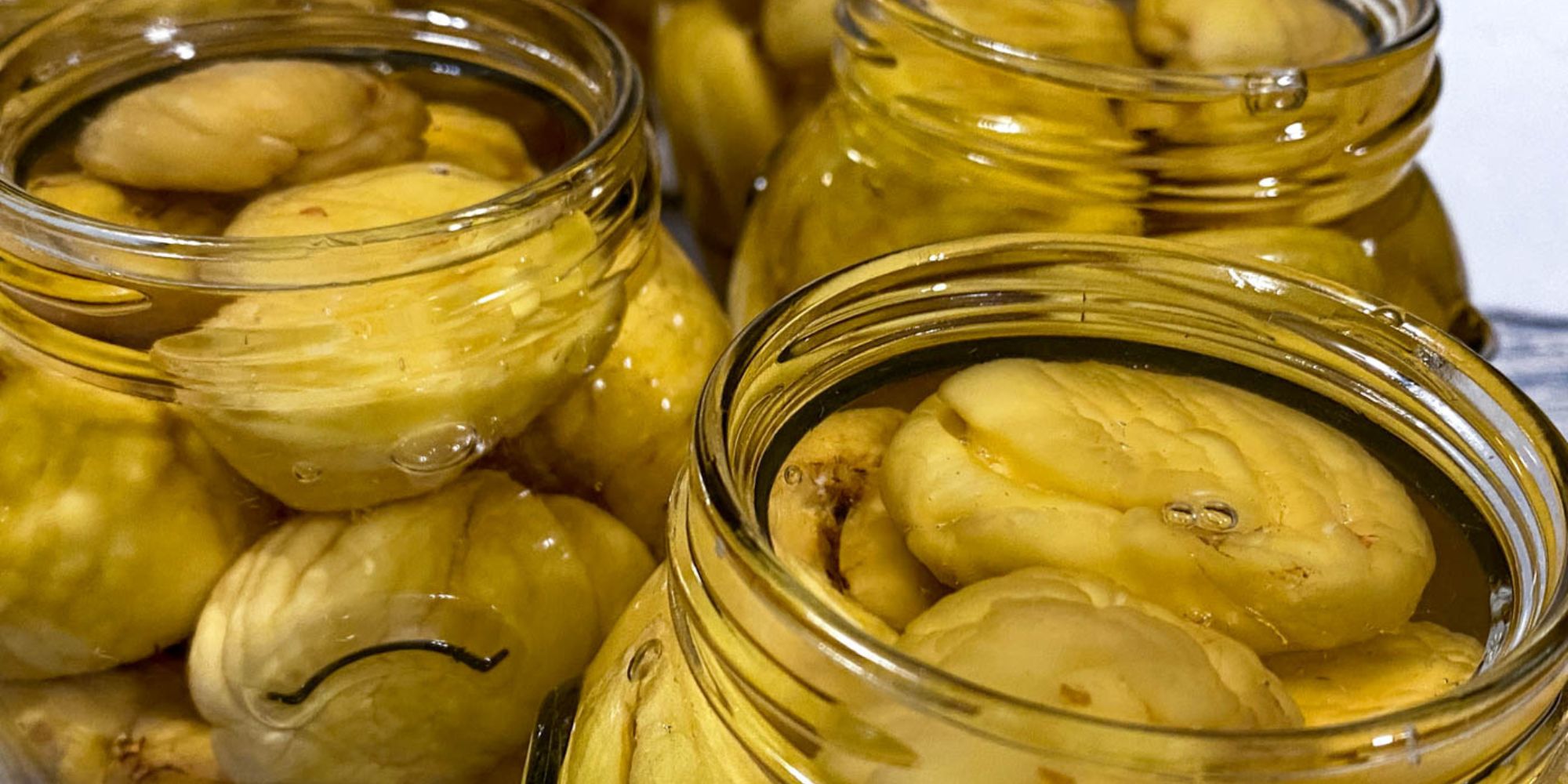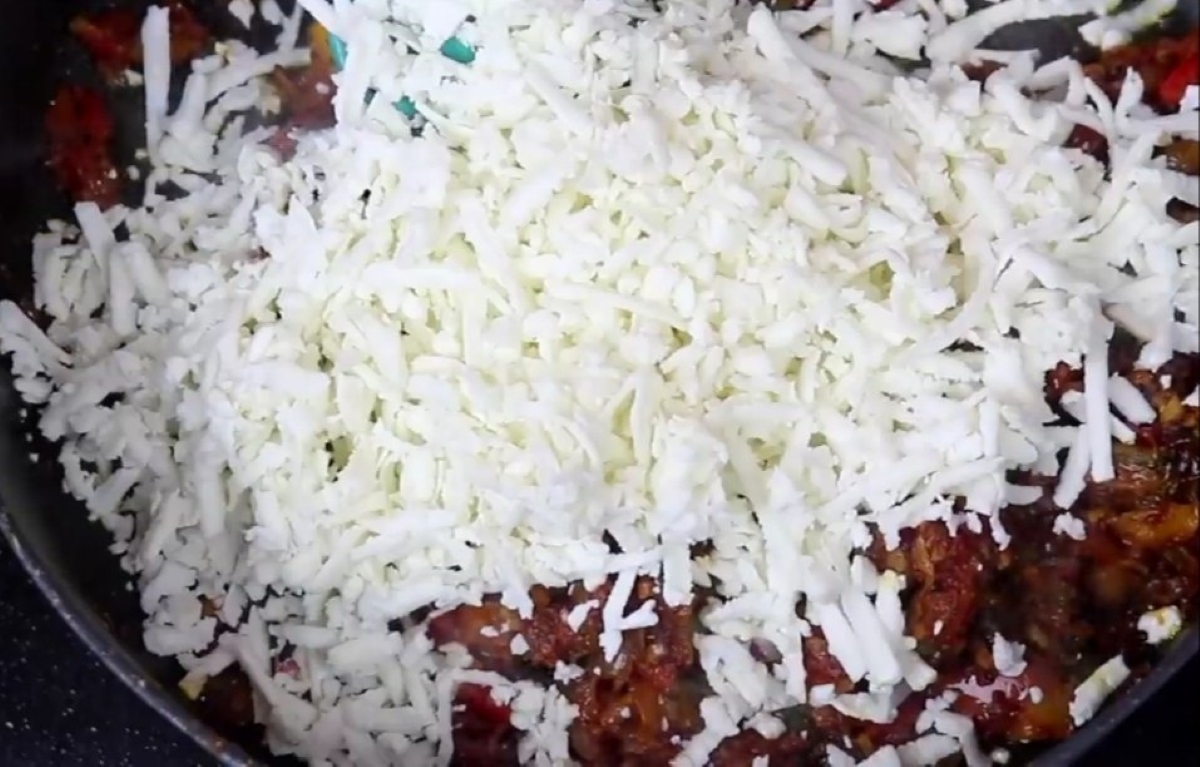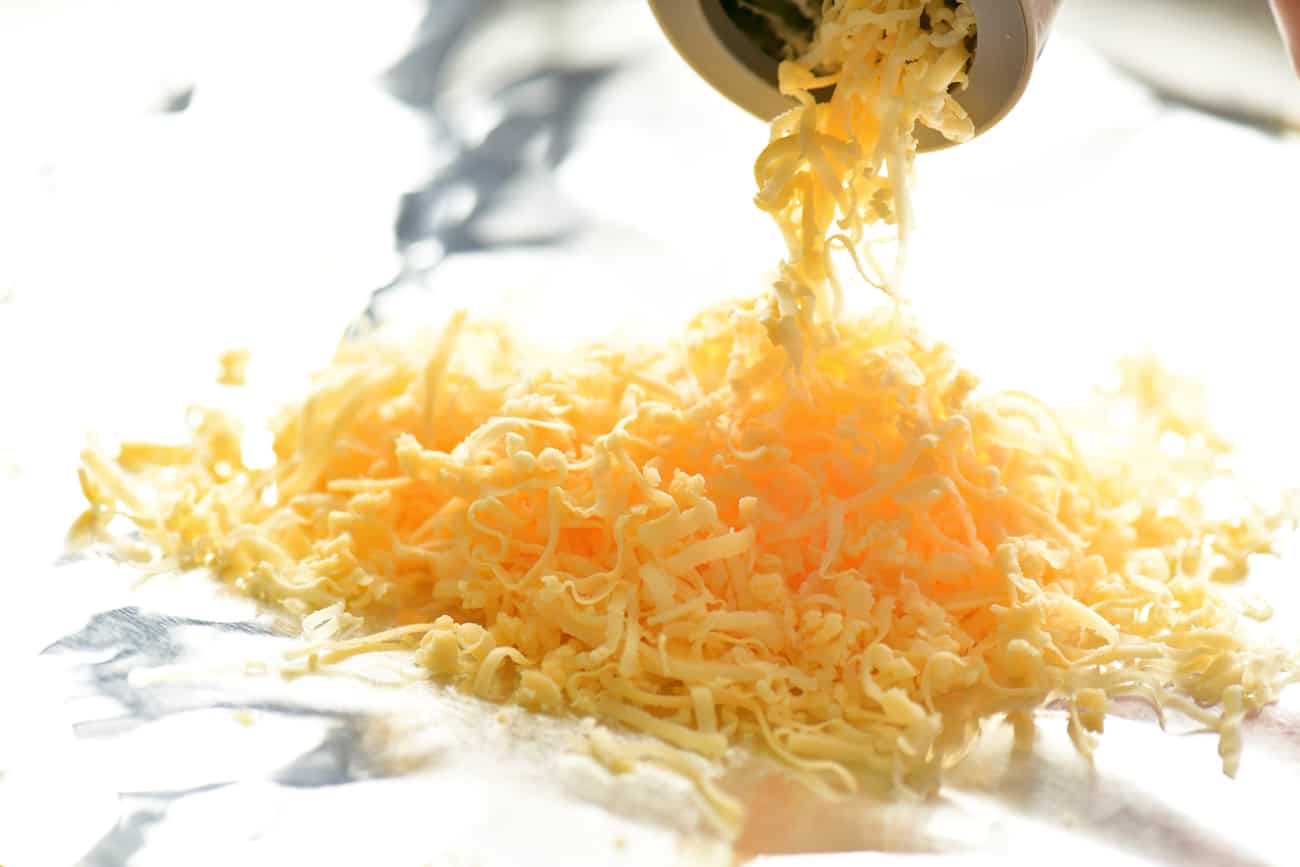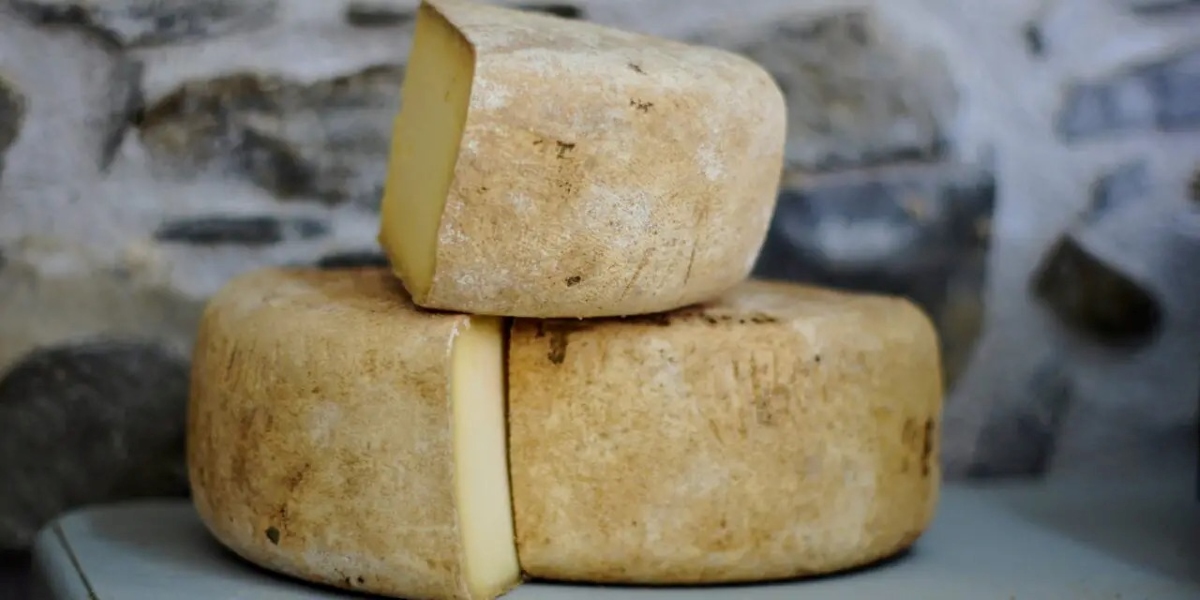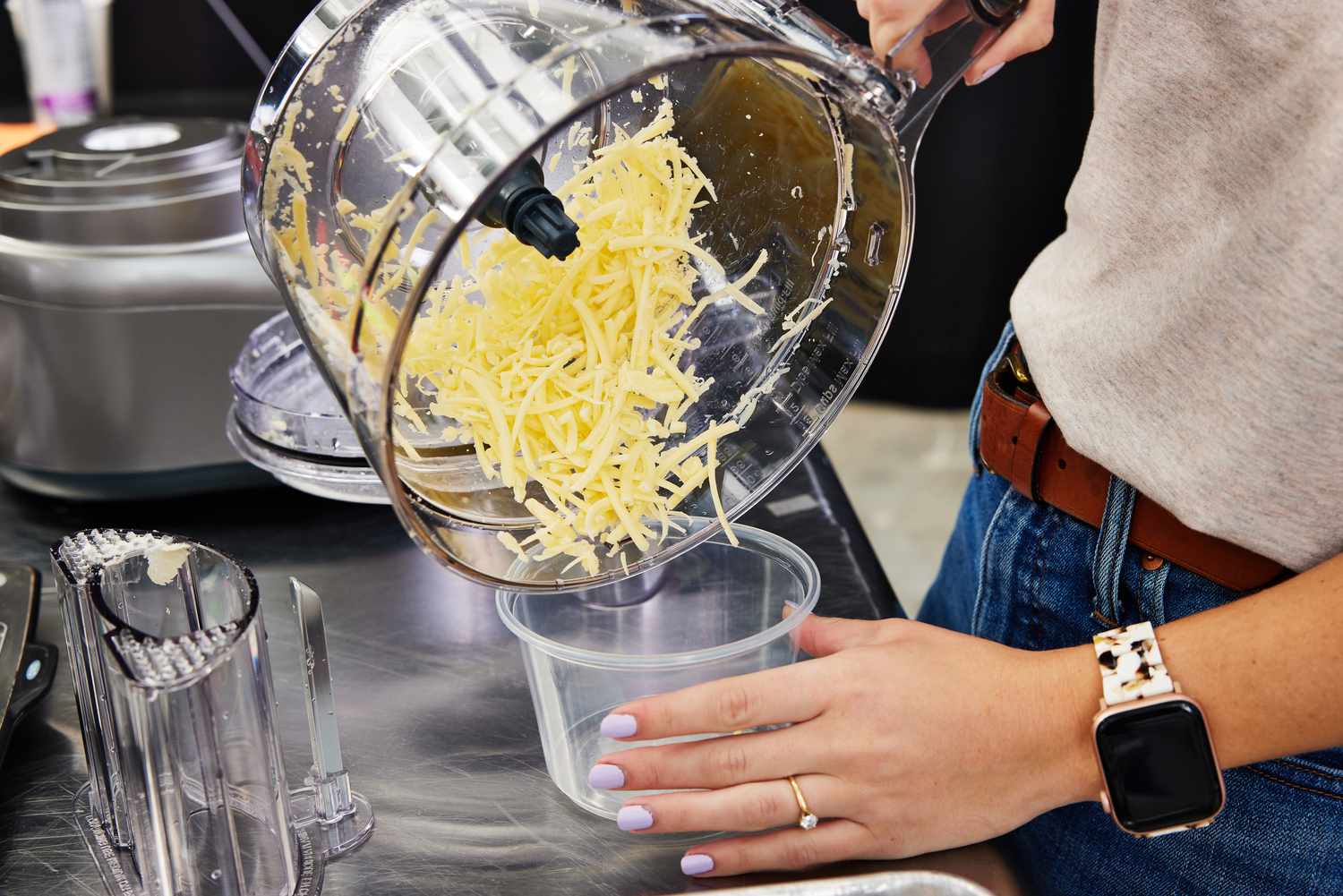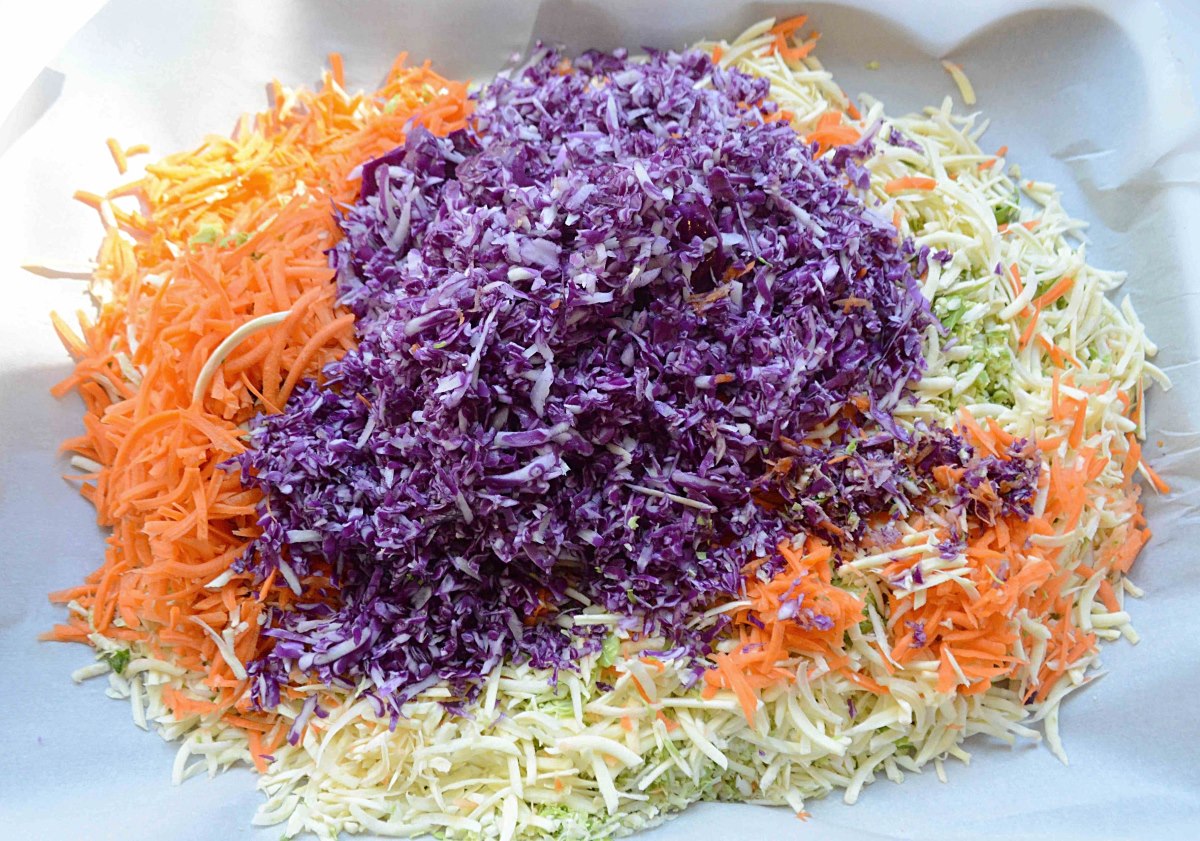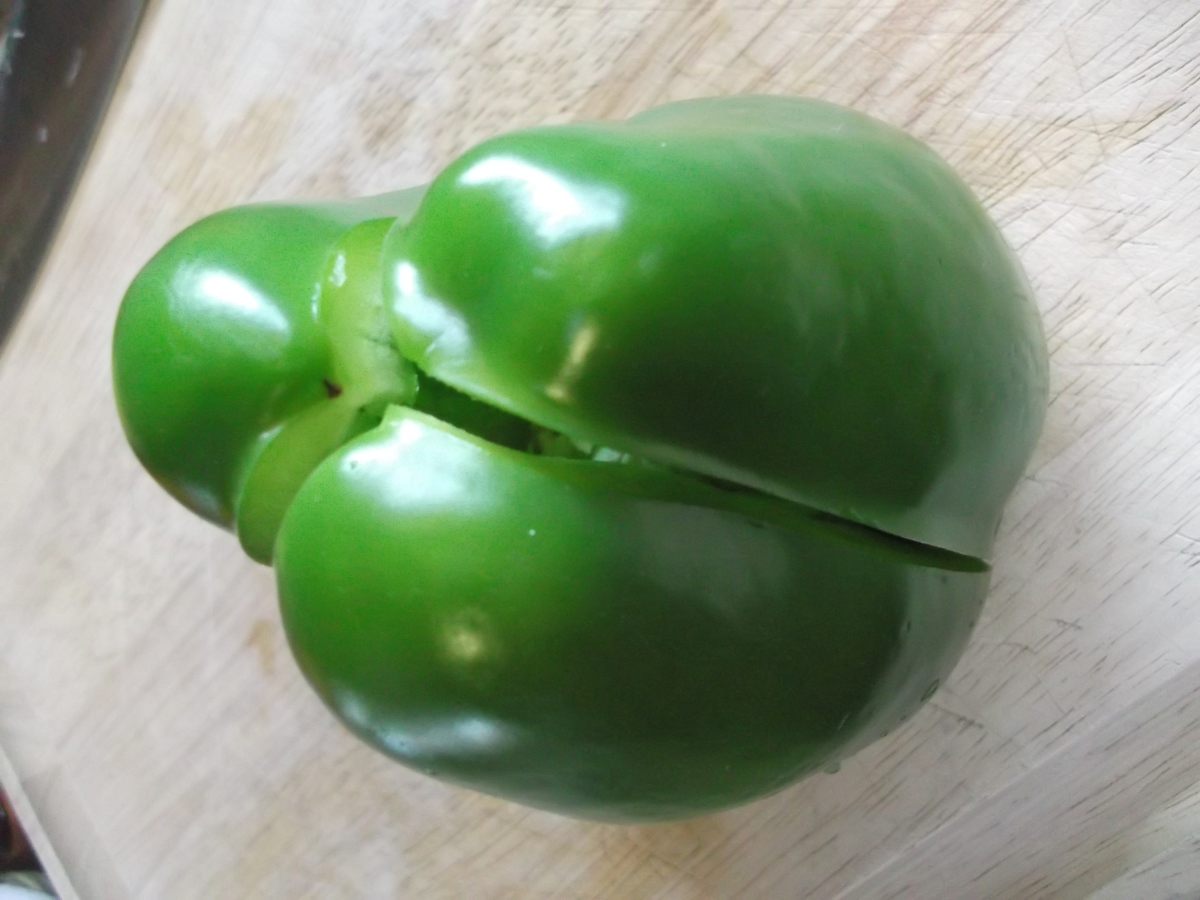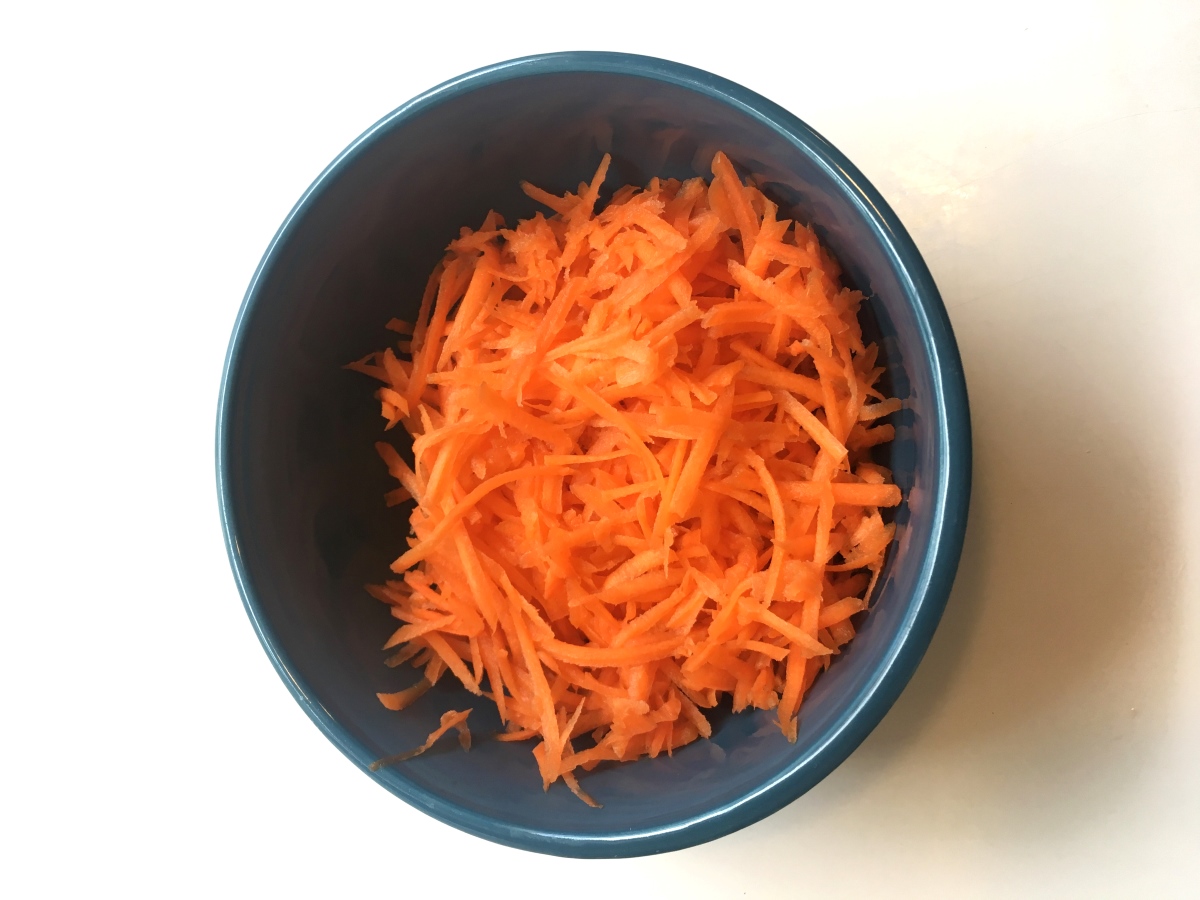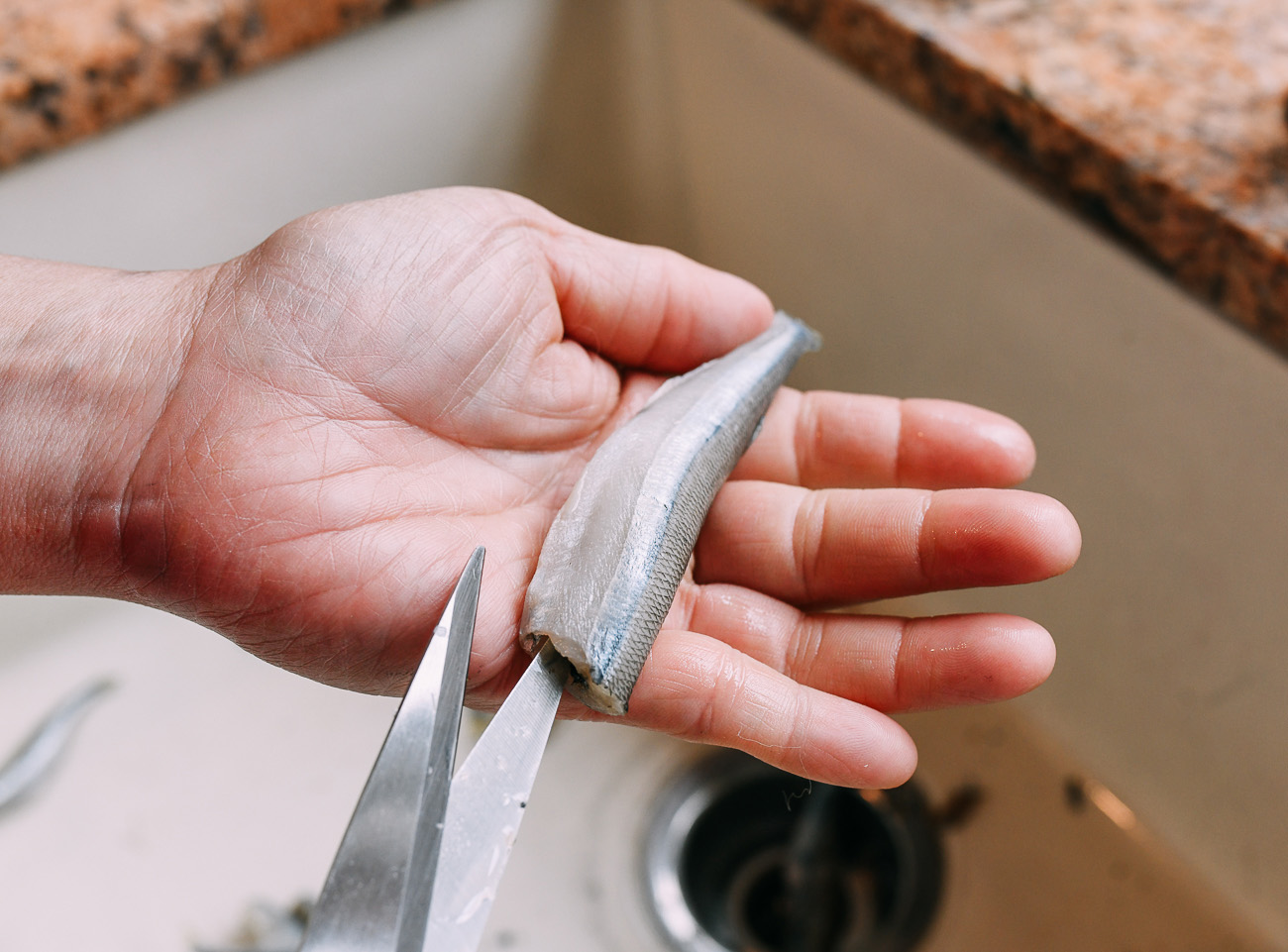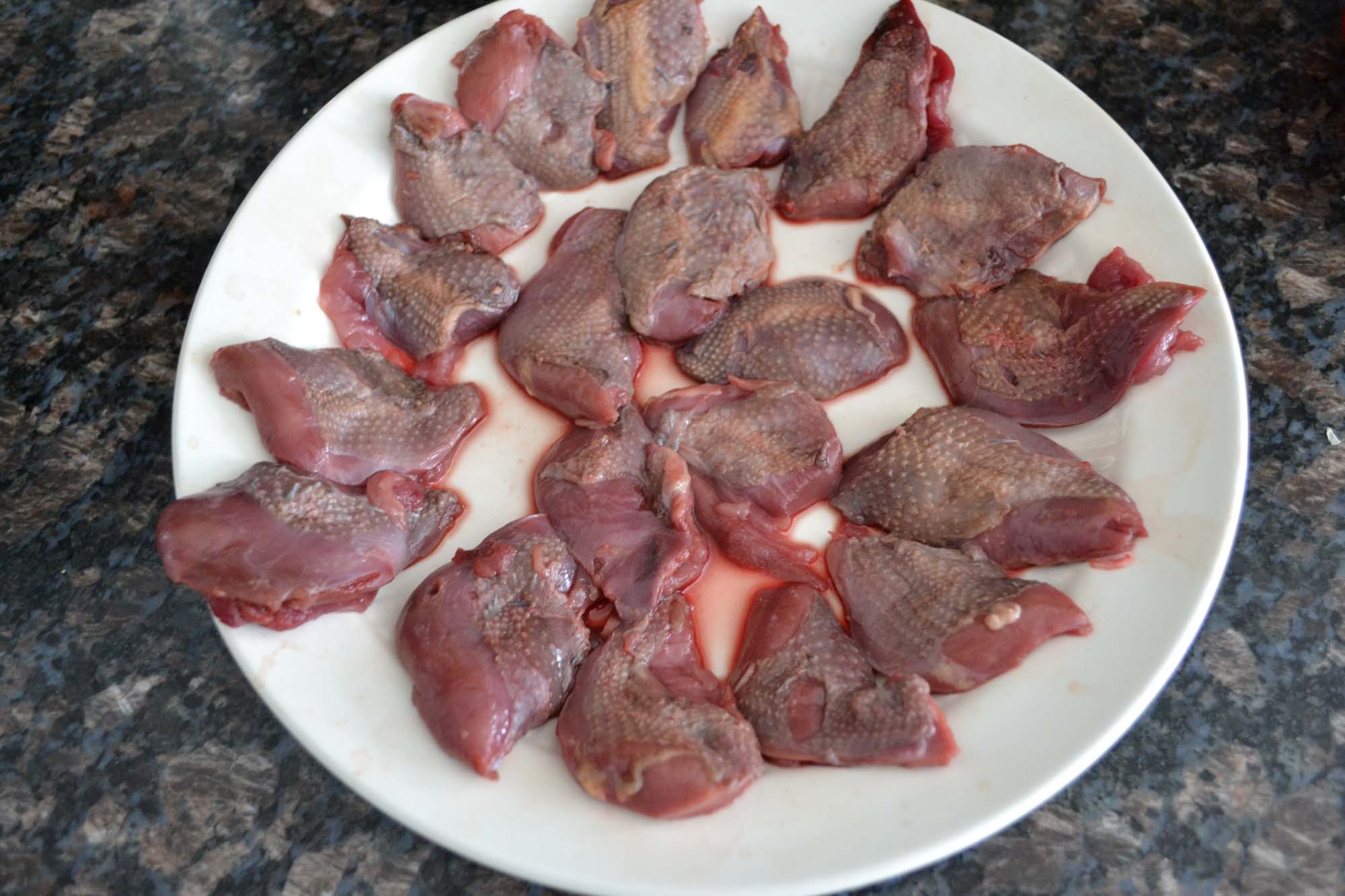Everything You Need to Know About Pickling in Oil
Welcome to the wonderful world of pickling in oil! If you’re a fan of tangy, flavorful pickles, then you’re in for a treat. Pickling in oil is a fantastic way to preserve your favorite vegetables and infuse them with delicious, savory flavors. In this guide, we’ll walk you through the process of pickling in oil and share some tips and tricks to help you achieve the perfect pickles every time.
What You’ll Need
Before you get started, it’s important to gather all the necessary ingredients and equipment. Here’s what you’ll need:
- Fresh vegetables of your choice (cucumbers, carrots, bell peppers, etc.)
- Vinegar
- Sea salt
- Garlic cloves
- Fresh herbs (dill, thyme, rosemary, etc.)
- Peppercorns
- High-quality olive oil
- Airtight glass jars
The Pickling Process
Now that you have all your ingredients, it’s time to start pickling! Follow these simple steps:
- Clean and slice your vegetables into uniform pieces.
- In a saucepan, combine vinegar, sea salt, and any additional spices or herbs you’d like to use. Bring the mixture to a boil, then remove it from the heat and let it cool.
- Place the sliced vegetables, garlic cloves, and peppercorns into the glass jars.
- Pour the cooled vinegar mixture over the vegetables, making sure they are completely submerged.
- Fill the remaining space in the jars with high-quality olive oil, ensuring that the vegetables are fully covered.
- Seal the jars tightly and store them in the refrigerator for at least a week to allow the flavors to develop.
Tips for Success
Here are a few tips to help you achieve the best results when pickling in oil:
- Use fresh, high-quality vegetables for the best flavor and texture.
- Experiment with different herbs and spices to create unique flavor combinations.
- Ensure that the vegetables are completely submerged in the vinegar mixture to prevent spoilage.
- Store the pickled vegetables in the refrigerator to prolong their shelf life.
Enjoy Your Pickled Creations
Once your pickled vegetables have had time to develop their flavors, it’s time to enjoy the fruits of your labor. Pickled vegetables in oil make a delicious addition to sandwiches, salads, and charcuterie boards. They also make a wonderful homemade gift for friends and family. Get creative with your pickling adventures and have fun experimenting with different flavors and combinations. Happy pickling!
If you're looking to master the art of pickling in oil, there are several recipes from the guide that are worth trying. For a fresh and vibrant option, try Pickled Cucumber and Bell Pepper Salad which offers a crisp and tangy flavor. Italian Pickled Giardiniera is another excellent choice, with a medley of vegetables that are perfect for antipasto platters. For a burst of Mediterranean flavors, the Mediterranean Pickled Vegetables with Garlic and Herbs is a delightful mix that pairs well with grilled dishes. If you're in the mood for something spicy, the Spicy Pickled Jalapeños in Olive Oil will add a kick to any meal. Lastly, Rosemary and Thyme Pickled Mushrooms bring a herby, earthy flavor that is fantastic as a side dish or appetizer. Each of these recipes provides a unique way to enjoy the rich and varied flavors of pickled vegetables in oil.
Was this page helpful?
Read Next: How To Pickle Sweet Chestnuts

